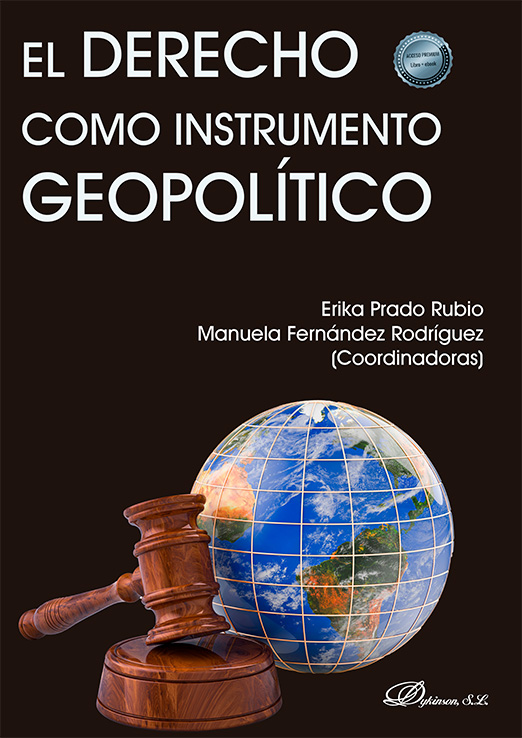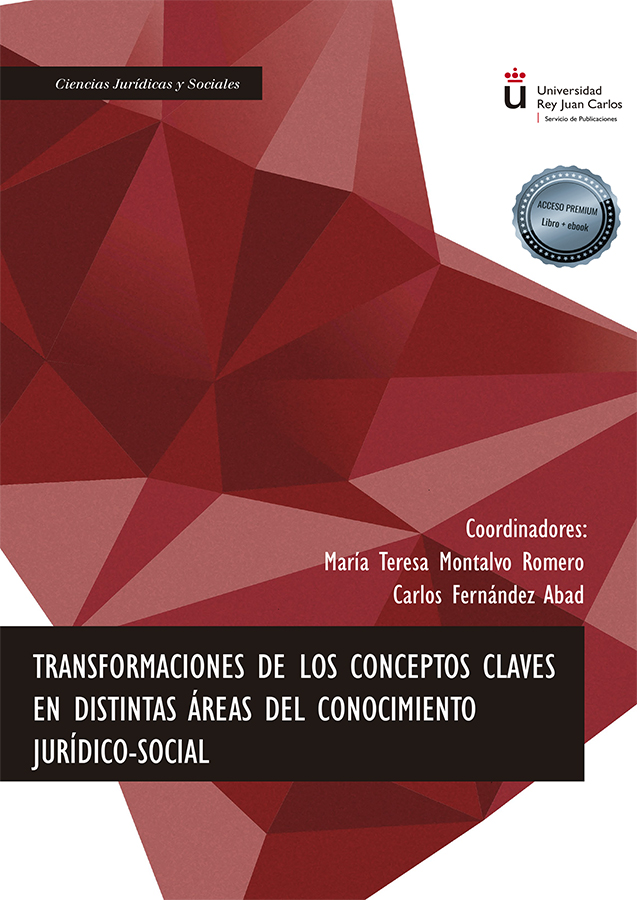The Regulatory Implosion. Emotions and Gender in the Era of plastic

(0 Comentarios)
Comenta y valora este libro
- ISBN: 9788413901923
- EAN: 9788413901923
- Editorial: Aranzadi
- Fecha de la edición: 16/07/2021
- Nº Pág.: 200
By altering hormones, they are altering our emotions, and from before birth interfering with our gender and, therefore, with human reproduction.
We have been exposed to these chemicals for almost a hundred years. The accumulation and persistence of endocrine disrupting chemicals, both in our body and in the environment, indicates that, if regulation and public policies do not change, the human being will experience a metamorphosis in gender and emotions that will affect the future societies.
We are walking towards the era of uncertainty, altering emotions and gender, we will discover why it is a public responsibility in human security at a global level, as well as how to prevent and minimize our own exposure, thus improving our health.
How much longer are we going to live emotionally disturbed?
How much health are we willing to give up, until we face ignorance?
Is the being born healthy a right is being denied?
Is not involuntary pollution, contrary to the human right to a healthy life?
0
LA ESENCIA DEL LIBRO
1
INTRODUCCIÓN
1.1. El propósito del libro
2
PRODUCTOS QUÍMICOS, ALTERAN LAS HORMONAS (EDC)
2.1. Fondo
2.2. ¿Qué son los disruptores endocrinos (EDC)?
2.3. El Convenio de Estocolmo
2.4. El Convenio de Rotterdam
2.5. La convención de basilea
3
REGULACIÓN Y CULTIVOS HACIA LA IMPLOSIÓN REGULATORIA
3.1. Seguridad y prevención europeas para la EDC
3.2. Normativa europea sobre disruptores endocrinos
4
REGISTRO, EVALUACIÓN, AUTORIZACIÓN Y RESTRICCIÓN DE SUSTANCIAS QUÍMICAS (REACH)
5
LA AGENCIA EUROPEA DE SUSTANCIAS Y PREPARADOS QUÍMICOS (ECHA)
6
IDENTIFIQUEMOS QUIÉNES SON
6.1. Los disruptores hormonales
6.1.1. Ftalatos
6.1.2. Bisfenol A (BPA)
6.1.3. Las sustancias perfluoroalquiladas (PFAS)
6.1.4. Biocidas y agente naranja
6.1.4.1. El agente naranja y EDC
7
PANDEMIA, GLOBALIZACIÓN Y ALTERACIÓN HORMONAL
7.1. La importancia del efecto globalización
7.2. Comunidades globales, salvaguardando el ecosistema humano
8
DARWIN SE DETENDRÍA, OBSERVARÍA Y COMPARARÍA
8.1. Reproducción animal, procreación humana
8.2. Caimanes en Apopka Lake
8.3. Nutrias en Cardiff
8.4. Alteraciones en las aguas
9
DARWIN TAMBIÉN OBSERVARÍA EN HUMANOS
9.1. Alteración hormonal
9.2. Mayor vulnerabilidad a EDC
9.3. Alteraciones hormonales y rutinas diarias.
10
TRASTORNOS DE SALUD CAUSADOS ??POR EDC
10.1. Costo público de la obesidad y las sustancias químicas perturbadoras
10.2. Costo público de la diabetes y la EDC
10.3. Disminución de la calidad seminal e infertilidad.
10.4. Trastornos cognitivos e inmunológicos.
11
DERECHO LOCAL, DERECHO GLOBAL - GLOCALIZACIÓN
12
IMPLOSIÓN REGULATORIA EN LA CIENCIA DEL DERECHO
12.1. Pinceladas
12.2. Introducción
12.3. Caracteristicas
12.3.1. Estado anomia en disruptores endocrinos
12.3.2. El desorden en la regulación de la edc
12.3.3. Ambigüedad en la regulación y la implosión regulatoria
12.3.4. La captura del regulador y la implosión regulatoria
12.3.5. Comunidades globales y la recaptura del regulador
13
EJEMPLOS PRÁCTICOS DE IMPLOSIÓN REGULATORIA EN LA CIENCIA DEL DERECHO
13.1. Implosión regulatoria en contaminación de vehículos
13.2. Implosión regulatoria al reciclaje de papel y cartón
13.3. Implosión regulatoria en campos de césped artificial
13.4. Implosión reglamentaria al parque infantil.
13.5. Implosión regulatoria en reproducción asistida
13.6. Implosión regulatoria en biocidas
13,7. Implosión regulatoria en la economía circular
13,8. Contradicciones que conducen a la implosión regulatoria en la ciencia del derecho
14
COMPORTAMIENTO HORMONAL
14.1. La ficción del axioma de género
14.2. El binomio de género
14.3. Hormonas de género y seguridad humana global
15
LA ETOLOGÍA DEL DERECHO
15.1. Emociones destructivas y hormonas distraídas
15.2. La alteración hormonal es responsabilidad pública
15.3. Educación de etología del derecho
16
PROTECCIÓN DE LOS DERECHOS HUMANOS, EDC Y JUSTICIA CLIMÁTICA
16.1. Justicia climática
16.2. Derechos humanos y EDC
16.3. Naciones Unidas y EDC
17
CONCLUSIONES
18
BIBLIOGRAFÍA
19
WEBGRAFÍA
Otros libros de Obras Jurídicas Generales - Derecho Comparado
-
El derecho como instrumento geopolítico
Fernández Rodríguez, Manuela; Prado Rubio, Erika
Dykinson. 2024
22,00 €20,90 €
-
18,00 €17,10 €
-
Transformaciones de los Conceptos Claves en Distintas Áreas del Conocimiento Jurídico-Social
Montalvo Romero, María Teresa (Coordinadores); Fernández Abad, Carlos
Dykinson. 2021
30,00 €28,50 €
-
Interpretación de la Norma Jurídica : Lógica, teológica y analógica
Ramón Casero Barrón
Aranzadi. 2016
45,00 €42,75 €
-
Liber Amicorum . Bernardo Cremades
Arias Lozano, David ; Fernández-Ballesteros, Miguel Ángel
La Ley. 2010
149,00 €141,55 €






